Go! Go! Go! (1964)
Gênero : Documentário
Runtime : 12M
Director : Marie Menken
Sinopse
Various forms of everyday motion in and around a city are shown at rapid speed.
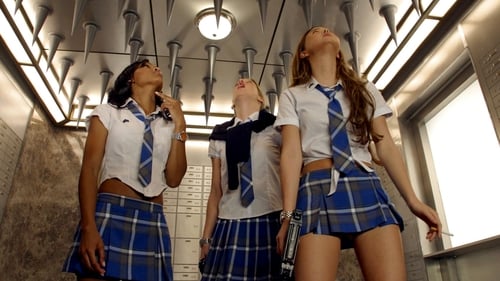
A ardente chefe criminosa Lucy Diamond (Jordana Brewster de Velozes e Furiosos) está novamente na ativa e as D.E.B.S. - uma equipe de elite de super espiãs colegiais paramilitares - estão à sua procura. Mas quando sua melhor agente, a estonteante Amy Bradshaw (Sara Foster de O Golpe), desaparece misteriosamente depois de ficar frente a frente com a atraente vilã, as D.E.B.S. começam uma procura incansável pelo esconderijo secreto de Lucy e nem suspeitam que Amy talvez não queira ser resgatada nesta paródia sobre espiãs sensuais e seus encontros amorosos com armas.

Uma jovem tem um plano para propor casamento à sua namorada na festa de Natal da família, mas descobre que sua parceira ainda não se assumiu perante seus pais conservadores.

Uma documentarista e um repórter viajam para Hong Kong para o primeiro de muitos encontros com Edward Snowden.
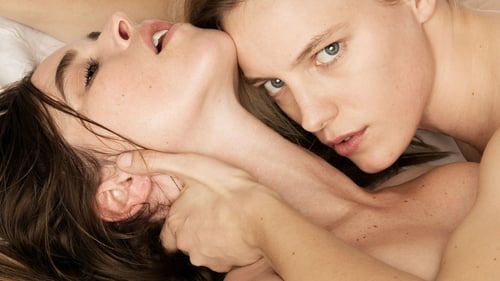
É em um fim de semana inesperado e desinibido que um caso de amor apaixonado se inicia entre duas mulheres. Dallas, carpinteira, e Jasmine, uma editora de moda, compartilham uma conexão poderosa e imediata que inevitavelmente vai mudar a vida das duas para sempre.

Confiante e com opinião, Megan, de 17 anos, é muito obstinada para seus pais não-armados, que começam a se preocupar com o fato de ela ser lésbica. Sua solução é enviar Megan para 'True Directions', um 'campo de reabilitação' dirigido pela conselheira homofóbica Mary Brown. Logo Megan encontra o igualmente desafiador Graham, e os dois formam uma amizade rápida. Ironicamente, quanto mais tempo Megan passa no acampamento, mais ela começa a questionar o quanto a sexualidade dela é realmente fixa.
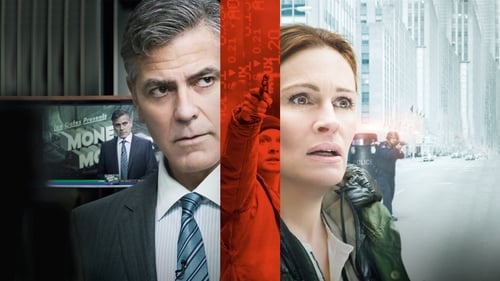
O apresentador de um programa de televisão sobre finanças, Lee Gates, e sua produtora Patty vivem uma situação extrema ao vivo. Um desconhecido armado invade o show e os obriga a continuar a transmissão, caso contrário todos no estúdio morrerão.

Com uma boa dose de drama, sexo, paixão e romance, “Elena Undone” combina com o encanto de se apaixonar pela primeira vez e a realidade do compromisso de um relacionamento. Elena, mãe e esposa de um pastor anti-gay que nunca experimentou o amor verdadeiro conhece Peyton, uma escritora lésbica. Elena se sente presa em um casamento sem amor, tentando aceitar a natureza e a magnitude de seus desejos. Apesar da mútua atração, Peyton tem receios em se envolver com Elena.
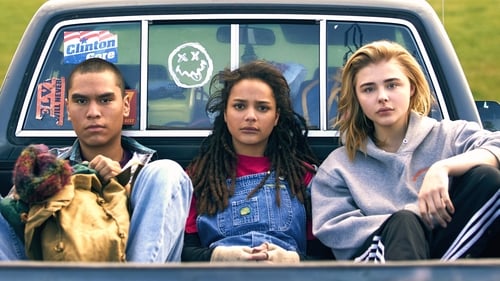
Flagrada pelo namorado transando com a melhor amiga em pleno baile de formatura, Cameron Post é enviada pela tia para um centro religioso que afirma curar jovens atraídos pelo mesmo sexo, mas para se submeter ou não ao suposto tratamento, a adolescente precisa antes descobrir quem é de fato.
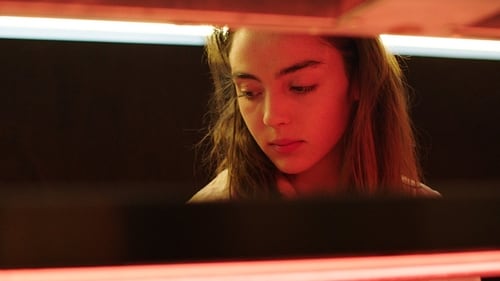
Justine (Garance Marillier) é uma jovem tímida e vegetariana, caloura na mesma faculdade de veterinária em que estuda sua irmã, Alexia (Ella Rumpf). Durante o trote, a menina é forçada a comer carne animal pela primeira vez e a ação provoca mudanças extremas em sua vida.
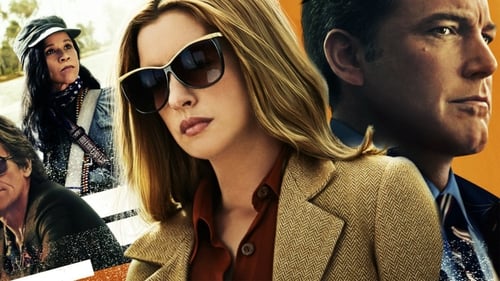
Uma repórter obstinada se envolve na história que investiga quando ajuda o pai a fechar uma negociação de armas na América Central.

França, 1760. Marianne é contratada para pintar o retrato de casamento de Héloïse, uma jovem mulher que acabou de deixar o convento. Por ela ser uma noiva relutante, Marianne chega sob o disfarce de companhia, observando Héloïse de dia e a pintando secretamente à noite. Conforme as duas mulheres se aproximam, a intimidade e a atração crescem, enquanto compartilham os primeiros e últimos momentos de liberdade de Héloïse, antes do casamento iminente. O retrato de Héloïse logo se torna um ato colaborativo e o testamento do amor delas.
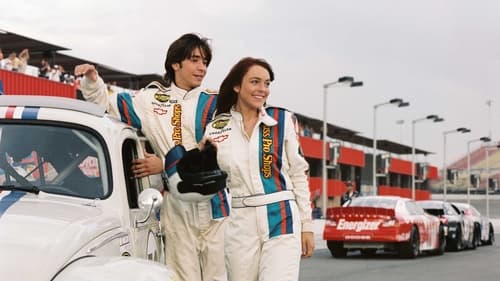
Maggie Peyton sempre foi proibida de seguir seus sonhos de corrida por seu pai superprotetor e não tem ideia de que sua vida está prestes a dar uma enorme guinada. Depois de descobrir o irresistível Herbie em um ferro-velho, eles formam uma equipe mágica que vai salvar sua família e reescrever os livros de recordes de corrida.
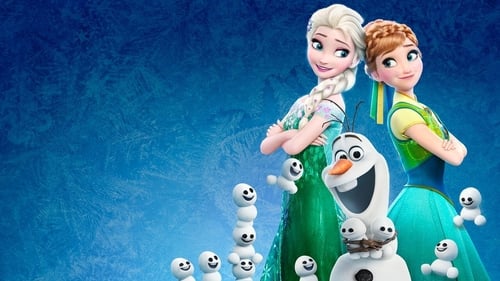
É aniversário de Anna. Elsa e Kristoff trabalham na preparação da maior festa de todos os tempos, mas a ansiedade da Rainha descontrola seus gelados poderes e coloca a celebração e todo o reinado em risco.
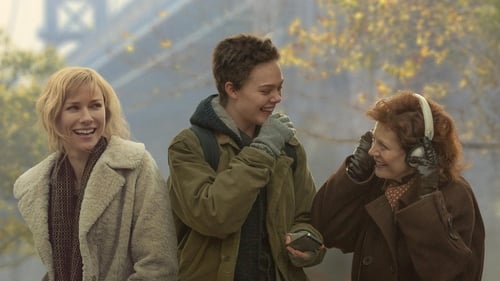
Ray (Elle Fanning) nasceu mulher, mas nunca se identificou com o gênero e se prepara para fazer a cirurgia de transgenitalização. Sua mãe, Maggie (Naomi Watts), tenta encontrar a melhor forma de lidar com a questão, mas a avó homossexual de Ray, Dolly (Susan Sarandon), recusa-se a aceitar a resolução e cria um conflito familiar.

A universitária Danielle se depara com uma série de encontros constrangedores em uma shivá, um período de luto no judaísmo. Na presença de parentes autoritários, ela fica amedrontada pelo aparecimento de uma ex-namorada e de seu sugar daddy secreto, que chega inesperadamente com sua esposa e bebê.
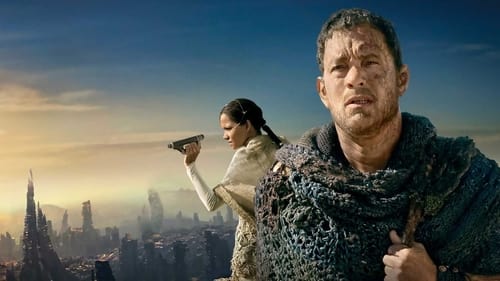
O filme percorre séculos para revelar a formação das almas e o impacto duradouro das ações. Um escravo em fuga ajuda um advogado em 1849; um compositor na Inglaterra antes da Segunda Guerra tenta terminar a sua obra-prima; um trabalhador geneticamente modificado em 2144 sente o peso da consciência.
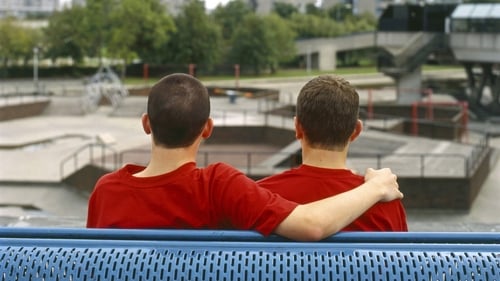
Jamie Gangel vive no subúrbio londrino e costuma fugir da escola para cabular os jogos de futebol. Ele é vizinho de Ste Pearce, um rapaz popular e atlético, que frequentemente apanha do pai alcoólatra e do seu irmão mais velho. Notícias sobre a violência sofrida por Ste sensibilizam a mãe de Jamie, Sandra, que o acolhe em sua casa, e o rapaz passa, então, a dividir o quarto com Jamie. Durante a estada de Ste na casa dos Gangel, os dois rapazes desenvolvem sentimentos um pelo outro.
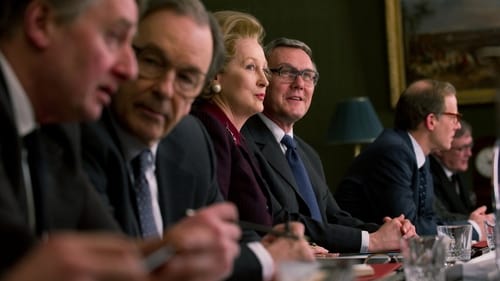
Cinebiografia de Margaret Thatcher, ex-Primeira Ministra britânica, que retrata desde a sua infância até o período mais impopular do seu governo, em 1982, quando ela tentava salvar sua carreira nos 17 dias que antecederam a Guerra das Malvinas.

Old Dolio é uma jovem que pertence a uma família de criminosos. Quando seus pais envolvem um estranho no maior assalto que eles já planejaram, Dolio vê sua vida virando de cabeça para baixo.

Walter Black é um pai que sofre de depressão e, em meio a uma séria crise de meia idade, ele encontra esperança através de um fantoche de castor que trata como se fosse real.

The 1984 short Barres celebrates the ingenious ways one can get onto the Paris Metro without paying.

Director Joseph Cornell evokes the nostalgia of childhood by filming a children's party.

An experimental film in which a photograph of an airplane turns into a wire diagram, then into an animated plane in flight, and then it explodes into words.

The human eye, the human form, the human face: these are the three central images of this avant-garde collage and kaleidoscope of shifting and fractured images, changing colors, and pulsing rhythms. Near the end, a tree appears briefly, and birds fly - first white, then red and blue. Celtic knots morph from one to another. The images become Rorschach tests although the mood, driven by the rapid changing images and the soundtrack, remains frantic.

In the first action he filmed, 6/64 Mama und Papa, Kren’s editing leads to many interlocking continuous shots; central takes recur like a leitmotif, circular motion and networking can be observed throughout the film. Kren painstakingly weaves the fury in front of his camera lens into dense geometrical figures. Shot/countershot sequences alternate, lumping back and forth between single (!) frames, they turn the Actionist turmoil into ornaments, rigid geometrical patterns, the equivalent in time to what Mondrian used to distill on canvas in space. (Peter Tscherkassky)

With a similar dreamy mood like its predecessor "Take the 5:10 to Dreamland" (1976) this clip starts with a boy getting into his bed. The camera zooms in into the boy's mind and a slow, sad waltz (i.e."Valse Triste") accompanies images of a locomotive, a miner, the globe, the sky, a sheep heard, etc. Disparate elements, but if one concentrates only at the movement of the figures, one can perceive a commotion, slowly livening up: The starting wheels of the heavy locomotive, the tired miner pushing the heavy cart of coal bricks, the globe smoothly turning around and around, the clouds imperceptibly floating in the sky, the sheep idly moving in the herd, etc. We reach the first climax when a mannequin opens her coat like a flower. The second big crescendo spurts out from a "water hose", after watching schoolgirls doing gymnastics for quite a while. A sad, but nostalgic aftertaste lingers in the end when funeral cars drive away through a flooded area…

“A silent perusal of the Grand Canyon, morning to night, from a single, fixed camera position, by means of constant dissolves spaced a few seconds apart. Man — entirely absent — is no longer the center of the universe; the canyon exists outside of him. Despite the invisible photographer and his technologically-caused dissolves, this is a creditable approximation of the true foreign-ness of nature.” — Amos Vogel, Film as a Subversive Art (1974)
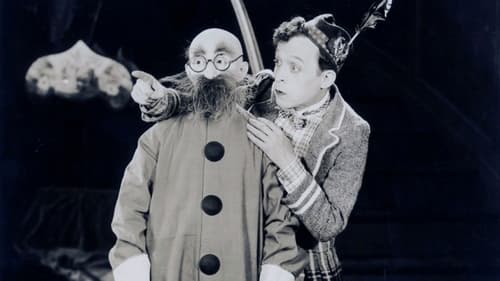
When a mysterious figure appears to cause a series of disruptions at the Frisbie Home in New York, word goes out to Scotland Yard that the Fuzz-Faced Phantom is at work. Soon, Charley MacNeesha and his assistant MacGregor are sent across the ocean to investigate.

At the center are takes which do not change - a tree in a field in Vermont, U.S.A. Since the film was shot over a period of fifty days, the single frame shots create a storm of pictures.

An experimental short film from Stan Brakhage.

A short surreal animation created with fashion magazine clippings and sound collages.

"Studie II (Hallucinationer)" (Study II (Hallucinations)) (1952), comprises twelve staged scenes that were modelled after a set of drawings. Accompanied by metallic sounds, various body parts, limbs and objects form surrealistic collages against the background of a black space. Peter Weiss intended to create associative images that can not be deciphered completely. Beyond any logical interpretation, he wanted to show pure inner feelings.

A perfect, fast and hilarious montage. Using images from Artis (Amsterdam Zoo), Bert Haanstra shows that a couple of similarities can be discovered between human and animal. Particularly the manner in which human and ape are confronted with each other, is significant. The images speak for themselves, human voices or commentary is absent. The ironic music of Pim Jacobs does add an extra dimension to the whole. With regards to human and animal Haanstra limits himself for the time being to this short film, recorded with a hidden camera. Later on, in several big films, he would return to this subject.

A work of visual art that borrows from music the principles of the fugue, with the sudden flight of a man to his hotel room as its main theme. Where he dreams.
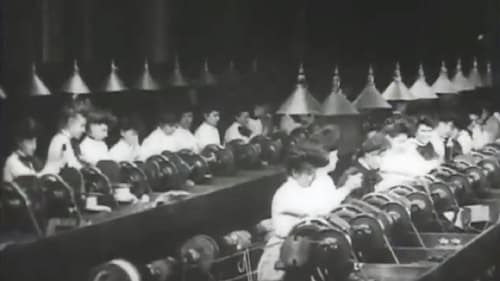
Billy Bitzer filmed 21 short actualities inside the Pittsburgh Westinghouse Works in April and May of 1904. Audiences of the day would have been treated to footage of factory panoramas, women winding armatures and turbines being assembled. These industrial films were produced for the American Mutoscope & Biograph Company.

With the screen split asymmetrically, one part in positive, the other negative, the film documents the evolution of simple celled organic forms into chains of cells then more complex images from tribal cultures and contemporary modernist concepts. The images react, interpenetrate, perhaps attack, absorb and separate, until a final symbiosis (or redemption?) is achieved.

"I have not changed the editing structure. I have made the films printable. They are the first known fully collaged films, i.e., films made from found footage, and were done sometime in the ‘40s. Cornell combines Vaudeville jugglers, animal acts, circus performers, children eating and dancing, science demonstrations, mythical excerpts, and crucial freeze-frames of faces into a timeless structure, totally unconcerned with our usual expectations of “montage” or cinematic progression. He collects images and preserves them in some kind of cinematic suspension that is hard – impossible – to describe. But it’s a delight to anyone whose soul has not been squashed by the heavy dictates of Art." —Larry Jordan

Little Stabs at Happiness is a collection of silent shorts Jacobs shot from the period of 1959-1963. Jaunty tunes (and a somber reflection) accompany the footage.

Uses time-lapse photography to show the physical power of plants in their efforts to receive sunlight and fulfill their growth.
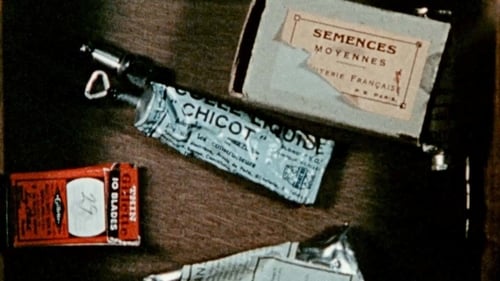
Featuring a commentary by Noël Burch (in nonsense French), Recreation's rapid-fire montage of single-frame images of incredible density and intensity has been compared to contemporary Beat poetry.


































